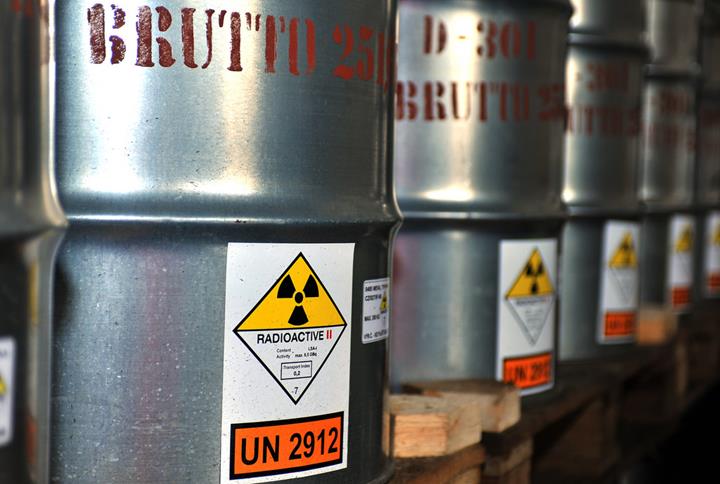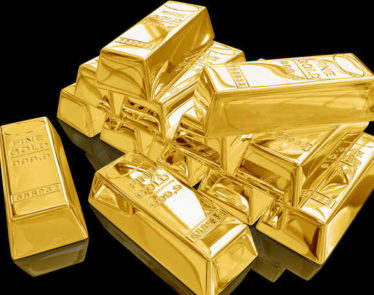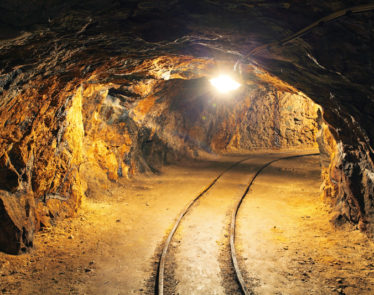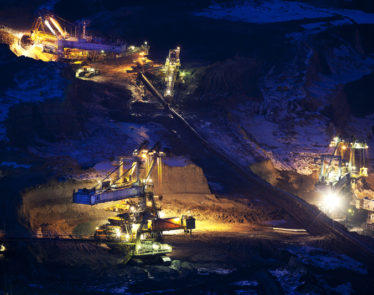
Are you looking to invest in uranium, but unsure of what it is and what it’s used for? Uranium is essentially a metallic element that is radioactive. However, because it decays very slowly, it is not the most radioactive element.
Below are some more facts about uranium
- Pure uranium is a metal that looks silver-white. It is quite heavy.
- The atomic number of uranium is 92, because it has 92 protons. The number of electrons in uranium is also typically 92.
- Natural uranium is a mix of three uranium isotopes: uranium-235 (0.711%) and uranium-238 (99.283%), and very little uranium-234 (0.0055%).
- Like any other radioactive element, uranium is always decaying. Thus, radium is typically found with uranium ores.
- Uranium is slightly paramagnetic, meaning that it has a weak attraction to other magnetic objects.
- Uranium gets its name from the planet Uranus.
- The most common use for uranium is to fuel nuclear power plants. A single kilogram of uranium-235 can ideally produce approximately 80 terajoules of energy, equivalent to the energy produced by 3000 tonnes of coal (3000000 kilograms), making it an abundant source of clean energy. However, the possibility of nuclear accidents and the disposal of nuclear waste has made people slow in conforming to this source of energy. About 11% of the world’s electricity now comes from nuclear reactors.
- The nuclear bomb that was dropped on Hiroshima during WWII made use of uranium, whereas Nagasaki’s bombing used a plutonium implosion-type fission bomb.
- Depleted uranium is used to make ammunition that is designed to penetrate armor.
- Natural uranium ore fission spontaneously. U-235 is known to be ‘fissile’, meaning it can produce a nuclear fission chain reaction. Fission of a element is what allows for the creation of energy, as this is what produces heat to generate nuclear power. To make uranium fission more efficient, nuclear engineers work to enhance the uranium fission process.
- Uranium has a high density despite having the second-highest atomic weight out of all naturally occurring elements; about 70% higher than lead.
- Uranium typically has 4 or 6 valence electrons.
- While it is highly associated with radioactivity, health effects of uranium itself is not typically related to radioactivity. Instead, the toxicity of the uranium itself and its compounds is what can cause health problems such as birth defects and immune system damage.
- If uranium comes in the form of a fine powder, it can ignite spontaneously at room temperature.
Featured Image: Photo by IAEA Imagebank / CC by












